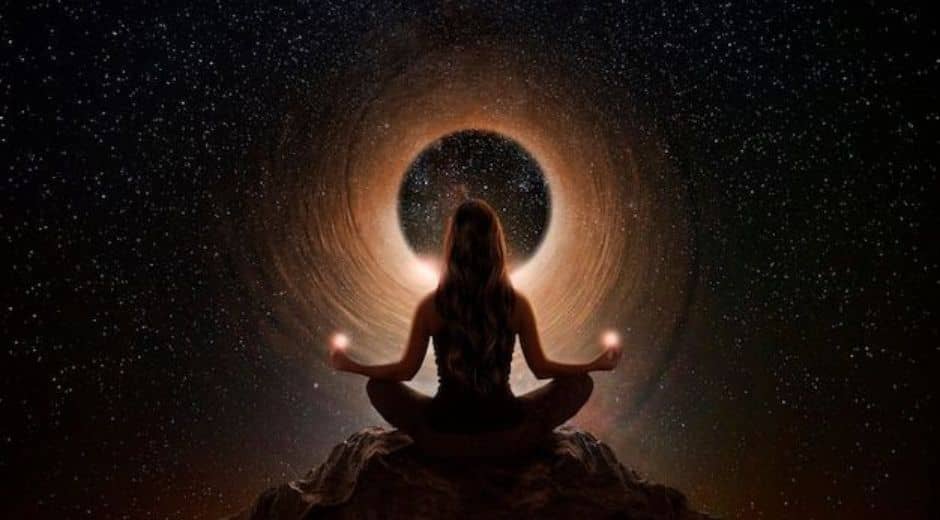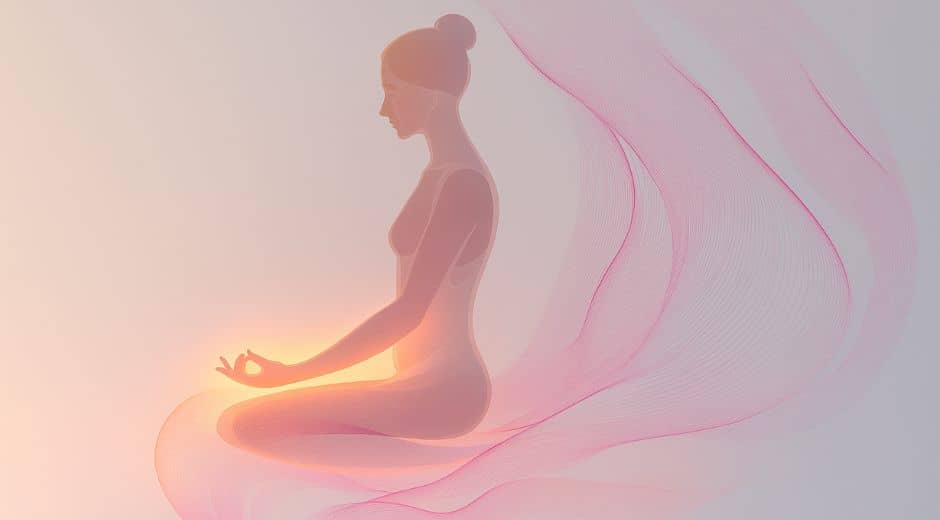The Art of Concentration: Reclaiming Your Mind’s Potential
In a world overflowing with noise, messages, and endless distractions, concentration has become one of the rarest and most valuable skills. It’s the quiet force behind creativity, productivity, and peace. When the mind learns to stay centered, everything feels more vivid, purposeful, and connected. This is the essence of focus rituals: intentional actions that strengthen your ability to direct your attention where it truly matters.
What Is Concentration and Why Does It Matter?
Concentration is more than just focus. It’s the refined art of bringing all your mental energy to a single point. When you concentrate, your thoughts align, your breathing slows, and your inner chatter fades. The mind becomes still but alert, like a calm lake reflecting everything clearly.
Without concentration, even the simplest tasks become fragmented. You jump from one idea to another, never fully completing what you started. But with concentration, time stretches. You feel in control, grounded, and capable of deep thought and creativity.
According to research shared by Headspace, regular mindfulness and attention practices enhance the brain’s ability to sustain concentration and resist impulsive distractions. This mental strength doesn’t just improve productivity—it transforms how you live.
Creating Daily Focus Rituals
Focus rituals are the foundation of mental clarity. They’re small, consistent habits that guide your attention inward. You don’t need hours of meditation or a silent retreat to strengthen concentration. What you need is rhythm, intention, and consistency.
Here are some powerful focus rituals to build into your day:
-
Morning Stillness
Begin each day by sitting quietly for a few minutes before reaching for your phone. Close your eyes and focus on your breath. This small ritual creates a mental boundary between rest and activity, grounding your mind before the day begins. -
Single-Task Blocks
Choose one task and commit to it fully for 25 to 40 minutes. No switching tabs, no checking notifications. When your mind wanders, gently bring it back. This trains your mental muscles in sustained concentration. -
Ritualized Breaks
Instead of random pauses, take mindful breaks. Stretch, walk, or simply breathe. These mini-rituals help your brain reset, maintaining high levels of concentration throughout the day. -
Sensory Anchors
Use the senses to anchor focus. Light a specific candle, play soft instrumental music, or hold a calming object. Over time, these sensory cues signal your brain that it’s time to focus. -
Evening Closure
End the day with reflection. Ask yourself: Where did I lose focus today? Where did I maintain it? Awareness of these patterns strengthens future concentration.
How Concentration Shapes Emotional Stability
When your mind learns to stay focused, emotional storms lose their grip. A wandering mind easily falls into anxiety and overthinking. But through concentration, you cultivate a sense of stability. You become less reactive, more present, and better able to understand what truly matters.
By mastering concentration, you discover that clarity doesn’t come from control—it comes from stillness. You can witness emotions without being swept away by them. This stability becomes a source of quiet power in relationships, work, and self-understanding.
Breaking Free from Distraction
Distraction is not just a modern inconvenience, it’s a habit. Every time you shift attention impulsively, you reinforce mental restlessness. Rituals that strengthen concentration help rewire this habit.
Start with digital boundaries. Silence notifications, set screen limits, and dedicate specific time for online browsing. When you consciously control your attention, you stop letting technology control you.
For more insight into focus-enhancing habits and mindful productivity, visit GamingNewsHead. You’ll find practical guides designed to help you rebuild your mental discipline with ease.
The Physical Connection: Body and Concentration
Your body influences your focus more than you realize. Nutrition, posture, and movement all shape the quality of your attention. A slouched position or poor breathing pattern weakens concentration, while mindful posture and steady breath enhance it.
Try this quick ritual: sit upright, take three deep breaths, and bring your attention to your physical sensations. As your body becomes still, your mind follows. Repeating this practice regularly forms a strong body-mind connection that supports continuous concentration.
Concentration in Creative Work
Artists, writers, and musicians often speak about moments when time disappears and creativity flows effortlessly. These are states of deep concentration, where self-consciousness fades, and expression becomes natural.
To access this state, remove friction before you begin. Organize your workspace, silence your phone, and start with a clear intention. Once your mind feels undistracted, creativity blooms.
Even short bursts of pure concentration can produce better results than hours of scattered effort. Quality always beats quantity when attention is fully engaged.
Inner Rituals for Long-Term Focus
Over time, focus rituals evolve from small actions into a lifestyle. They remind you that concentration is not something you do, but something you become.
Consider integrating these deeper practices into your daily rhythm:
-
Digital Silence Hour: One hour each day with no screens. Use it to walk, reflect, or simply be.
-
Mindful Reading: Read slowly, with full attention on every word.
-
Creative Morning: Dedicate 10 minutes every morning to creative work before anything else.
-
Evening Gratitude: Review the moments you felt truly focused during the day.
Small steps, done daily, lead to lasting transformation.
Internal Stillness and the Power of Concentration
At its core, concentration teaches presence. It brings the mind back from distraction and settles it in the now. When practiced long enough, it becomes a portal to peace.
You start noticing that behind the noise of thoughts, there’s a quiet space that never changes. That’s where your true strength lies. When you anchor your attention there, even the busiest day feels spacious.
For more mindful living resources and articles on personal transformation, visit FocusMindFlow. The journey of focus begins with a single breath and deepens every time you return to what truly matters.
Conclusion: The Return to Clarity
Concentration is not about rigid control but gentle awareness. It’s about choosing where your energy flows and protecting that choice with consistency. Each focus ritual you build adds strength to your attention.
When the mind becomes steady, life becomes simpler. Tasks feel lighter, creativity feels natural, and your sense of time expands. Concentration opens the door to calm, clear, and conscious living—the essence of inner mastery.Concentration
In a world overflowing with noise, messages, and endless distractions, has become one of the rarest and most valuable skills. It’s the quiet force behind creativity, productivity, and peace. When the mind learns to stay centered, everything feels more vivid, purposeful, and connected. This is the essence of focus rituals: intentional actions that strengthen your ability to direct your attention where it truly matters.
What Is Concentration and Why Does It Matter?
Is more than just focus. It’s the refined art of bringing all your mental energy to a single point. When you concentrate, your thoughts align, your breathing slows, and your inner chatter fades. The mind becomes still but alert, like a calm lake reflecting everything clearly.
Without it , even the simplest tasks become fragmented. You jump from one idea to another, never fully completing what you started. But with it, time stretches. You feel in control, grounded, and capable of deep thought and creativity.
According to research shared by Headspace, regular mindfulness and attention practices enhance the brain’s ability to sustain it and resist impulsive distractions. This mental strength doesn’t just improve productivity—it transforms how you live.
Creating Daily Focus Rituals
Focus rituals are the foundation of mental clarity. They’re small, consistent habits that guide your attention inward. You don’t need hours of meditation or a silent retreat to strengthen it. What you need is rhythm, intention, and consistency.
Here are some powerful focus rituals to build into your day:
Morning Stillness
Begin each day by sitting quietly for a few minutes before reaching for your phone. Close your eyes and focus on your breath. This small ritual creates a mental boundary between rest and activity, grounding your mind before the day begins.Single-Task Blocks
Choose one task and commit to it fully for 25 to 40 minutes. No switching tabs, no checking notifications. When your mind wanders, gently bring it back. This trains your mental muscles in sustained.Ritualized Breaks
Instead of random pauses, take mindful breaks. Stretch, walk, or simply breathe. These mini-rituals help your brain reset, maintaining high levels of concentration throughout the day.Sensory Anchors
Use the senses to anchor focus. Light a specific candle, play soft instrumental music, or hold a calming object. Over time, these sensory cues signal your brain that it’s time to focus.Evening Closure
End the day with reflection. Ask yourself: Where did I lose focus today? Where did I maintain it? Awareness of these patterns strengthens future concentration.
How Concentration Shapes Emotional Stability
When your mind learns to stay focused, emotional storms lose their grip. A wandering mind easily falls into anxiety and overthinking. But through it , you cultivate a sense of stability. You become less reactive, more present, and better able to understand what truly matters.
By mastering it, you discover that clarity doesn’t come from control—it comes from stillness. You can witness emotions without being swept away by them. This stability becomes a source of quiet power in relationships, work, and self-understanding.
Breaking Free from Distraction
Distraction is not just a modern inconvenience, it’s a habit. Every time you shift attention impulsively, you reinforce mental restlessness. Rituals that strengthen it help rewire this habit.
Start with digital boundaries. Silence notifications, set screen limits, and dedicate specific time for online browsing. When you consciously control your attention, you stop letting technology control you.
For more insight into focus-enhancing habits and mindful productivity, visit GamingNewsHead. You’ll find practical guides designed to help you rebuild your mental discipline with ease.
The Physical Connection: Body and Concentration
Your body influences your focus more than you realize. Nutrition, posture, and movement all shape the quality of your attention. A slouched position or poor breathing pattern weakens concentration, while mindful posture and steady breath enhance it.
Try this quick ritual: sit upright, take three deep breaths, and bring your attention to your physical sensations. As your body becomes still, your mind follows. Repeating this practice regularly forms a strong body-mind connection that supports continuous concentration.
Concentration in Creative Work
Artists, writers, and musicians often speak about moments when time disappears and creativity flows effortlessly. These are states of deep concentration, where self-consciousness fades, and expression becomes natural.
To access this state, remove friction before you begin. Organize your workspace, silence your phone, and start with a clear intention. Once your mind feels undistracted, creativity blooms.
Even short bursts of pure concentration can produce better results than hours of scattered effort. Quality always beats quantity when attention is fully engaged.
Inner Rituals for Long-Term Focus
Over time, focus rituals evolve from small actions into a lifestyle. They remind you that concentration is not something you do, but something you become.
Consider integrating these deeper practices into your daily rhythm:
Digital Silence Hour: One hour each day with no screens. Use it to walk, reflect, or simply be.
Mindful Reading: Read slowly, with full attention on every word.
Creative Morning: Dedicate 10 minutes every morning to creative work before anything else.
Evening Gratitude: Review the moments you felt truly focused during the day.
Small steps, done daily, lead to lasting transformation.
Internal Stillness and the Power of Concentration
At its core, concentration teaches presence. It brings the mind back from distraction and settles it in the now. When practiced long enough, it becomes a portal to peace.
You start noticing that behind the noise of thoughts, there’s a quiet space that never changes. That’s where your true strength lies. When you anchor your attention there, even the busiest day feels spacious.
For more mindful living resources and articles on personal transformation, visit FocusMindFlow. The journey of focus begins with a single breath and deepens every time you return to what truly matters.
Conclusion: The Return to Clarity
Concentration is not about rigid control but gentle awareness. It’s about choosing where your energy flows and protecting that choice with consistency. Each focus ritual you build adds strength to your attention.
When the mind becomes steady, life becomes simpler. Tasks feel lighter, creativity feels natural, and your sense of time expands. Concentration opens the door to calm, clear, and conscious living—the essence of inner mastery.
Focus Flow Forward

Grounding Techniques for a Balanced Mind
Grounding Techniques for a Balanced Mind

Stillness as a Path to Inner Awareness
Stillness as a Path to Inner Awareness

The Power of Alignment: Flowing in Harmony with Yourself
Learn how alignment helps you reconnect with your true self, find balance between mind and action, and live in a state of natural inner flow.

The Path to Stability: Strengthening Your Inner Foundation
Explore how cultivating stability in your thoughts, emotions, and routines builds mental balance, clarity, and peace in a fast-changing world.













